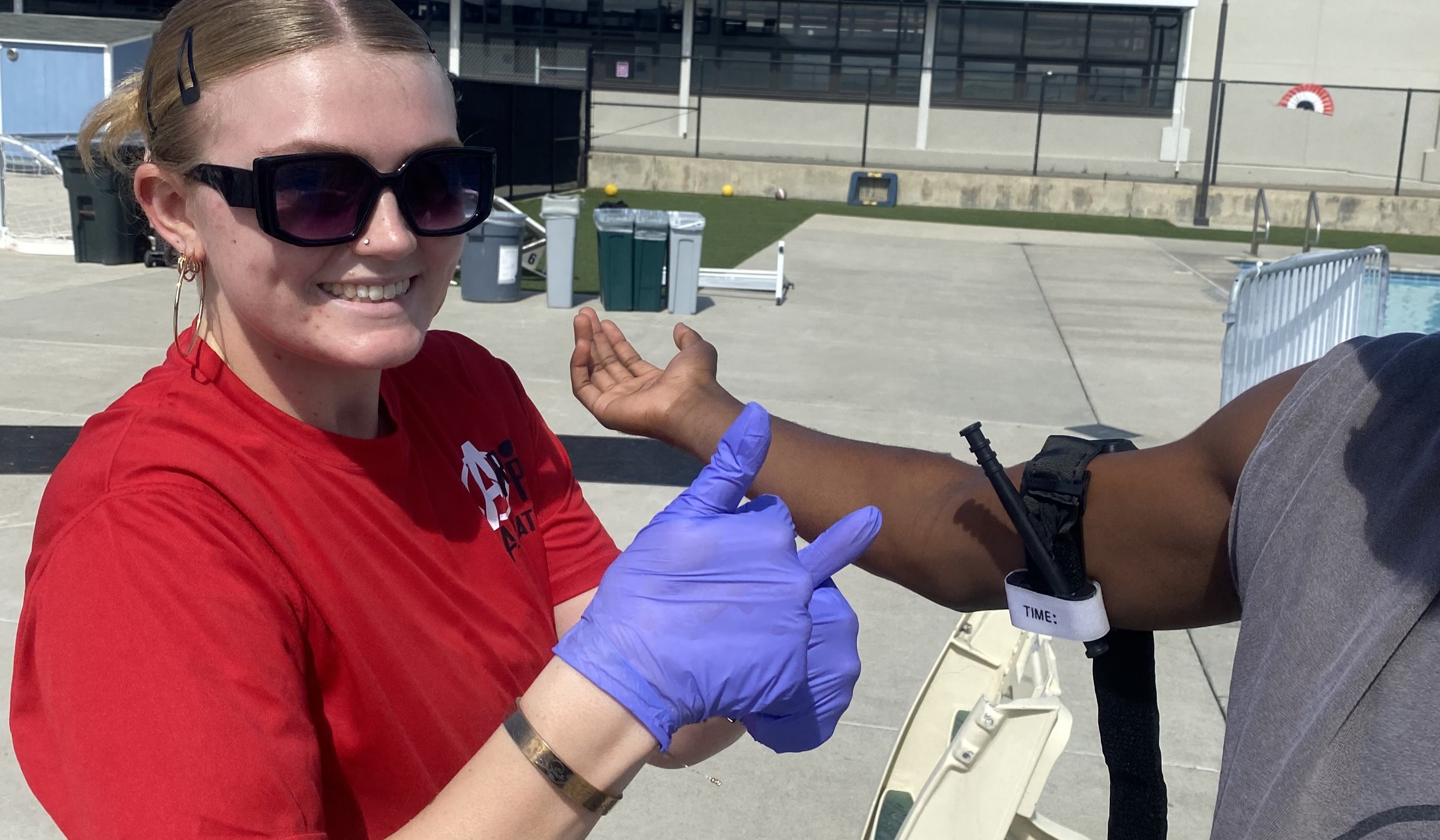Bicarbonate alkalinity is often the easiest to maintain; it is the predominant, naturally occurring form of alkalinity in tap water.
However, cyanurate (from cyanuric acid) is also a common buffer in the water. Borate also can be used as a buffer.
Utilizing each type of alkalinity can help steer a pool’s pH with increased precision.
Bicarbonate: The least expensive, most convenient path to a steady pH is usually bicarbonate, also called “bicarb.” In addition to the naturally occurring bicarbonate alkalinity from water, you can add this kind of alkalinity in the form of sodium bicarb to increase total alkalinity (TA); or, if you’re aiming to raise the pH as well, soda ash.
One reason for using bicarbonate is its fast results; it dissolves quickly and provides an immediate buffer. It’s also less likely to cloud calcium-rich water than the less expensive, but stronger soda ash.
Bicarbonate is an excellent buffer for mid-range pH levels.
Cyanurate: With its peak pH resistance of 6.8, cyanuric acid allows you to create a higher buffering zone for the pool or spa if necessary.
If enough acid is added to push the pH past the peak cyanurate resistance of 6.8, the pool’s bicarbonate alkalinity will still provide additional buffering through its greatest strength zone at 6.2. This means that cyanurates and bicarbonates can work together as a dual buffering system.
Borate: Another alternative to strictly bicarbonate alkalinity is using sodium tetraborate, known as “borax,” which can serve as both an algastat and a buffer. Borax has an even higher peak resistance level than cyanurates and bicarbonates.
At normal pH levels, most borax will transform into boric acid. But borax may be ideal for trichlor and gas chlorine pools, whose creation of hydrochloric acid continually drives down the pH and alkalinity. Trying to reduce the pH level for more effective sanitation can be especially difficult in water that’s been heavily treated with borax. Still, some techs like having this option, especially with low-pH water that tends to drift toward the 7.0 mark.


